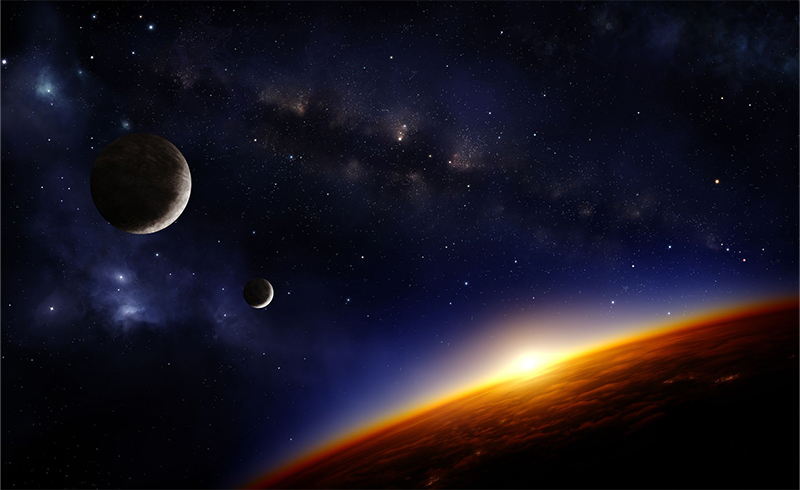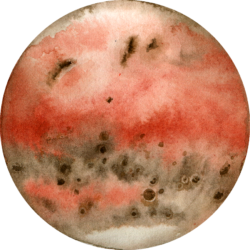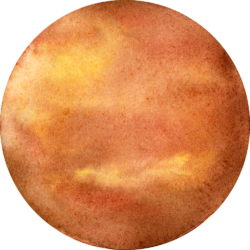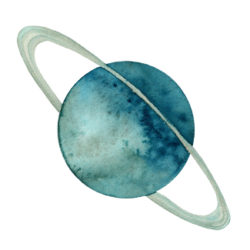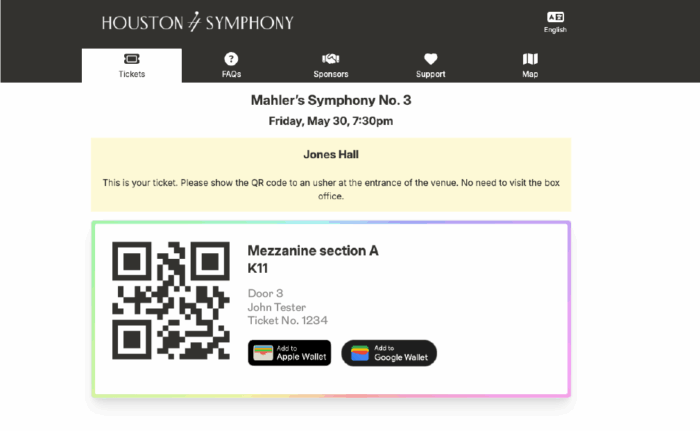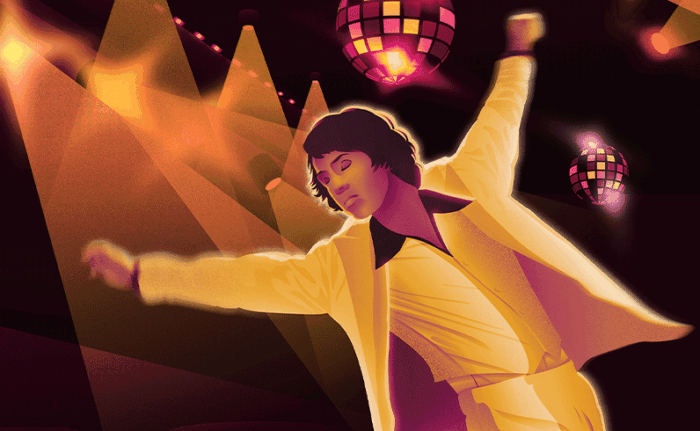3...2...1... Blast Off!
Fasten your seatbelts and blast off to the stars when acclaimed conductor Gemma New leads Holst's celestial showpiece, The Planets, on November 11, 12 & 13.
An inspiration for sci-fi movies across generations, Holst's The Planets is an outer space adventure representing the known planets that could be seen from Earth at the time. But did you know the music isn't based on the planets but on each planet's astrological persona? Let's take a quick orbit around the seven movements.
Mars, the Bringer of War
A military march in 5/4 time, Mars is threatening and unnerving right from the start. The heavy brass fanfares help imitate a battle ensuing. Although Holst had never heard of a machine gun or tank, this movement was sketched just before the outbreak of World War I and is a representation of war regardless of the period.
Venus, the Bringer of Peace
The second movement brings immediate contrast as the solo french horn, and woodwind ornaments give way to a rocking lullaby feel. Here the celesta is introduced to imitate the twinkling of stars in the distance. The eerie, celestial harmonies suggest a mysterious realm.
Mercury, the Winged Messenger
This movement will be no surprise if you know anything about Greek mythology. The string and woodwind fast-moving lines create an effortless and nimble melody. As the shortest movement, the messenger disappears almost as fast as he emerges.
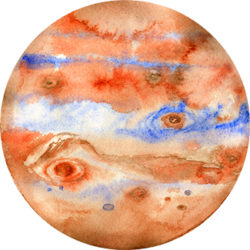
Jupiter, the Bringer of Jollity
As the round-faced, cheery uncle of all the planets, Jupiter has a dance-like element to it. The bouncy brass and woodwinds, along with string waltzes, are met with a contrasting middle section that is broad, majestic, and patriotic quality. This is likely why Holst set the middle section tune to words over two decades after completing the suite, now virtually a second national anthem in England. The opening jolly feel returns and finishes out the movement.
Saturn, the Bringer of Old Age
If Jupiter is the cheery uncle, then Saturn is the grandparent. A solemn, slow processional emerges from an almost unsettling flute and harp pulse. This pulse continues throughout the movement, and the entire orchestra eventually joins in as a reminder of the persistent ticking of time. As Holst's favorite movement, he commented, "Saturn not only brings physical decay but also a vision of fulfillment."
Uranus, the Magician
After four brass blows to "start the show," a series of eccentric dances ensue, starting with a bassoon melody quite like Dukas's The Sorcerer's Apprentice. The second dance is a frolicking tune that could almost be considered a drinking song, followed by a military march introduced first by the tuba. The movement ends in contrast quietly and mysteriously.
Neptune, the Mystic
The distant mystical Neptune emerges with harp and string sliding melodies. An offstage soprano and alto choir create a ghost-like suspense. The choir retreats to nothingness, leaving a feeling of uneasiness hanging in the air.
After completing our orbit of out space, tap or click the image below to take a quiz to find out what planet you are most like!
Fasten your seatbelts and blast off into the stars on November 11, 12 & 13 with Holst's The Planets. Tickets start at just $29.
